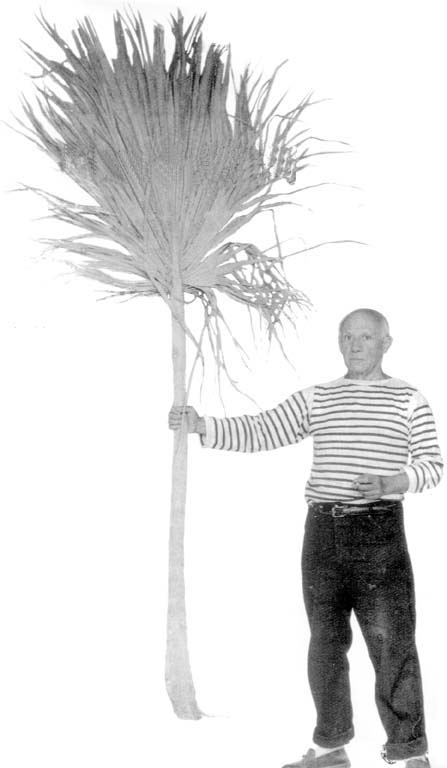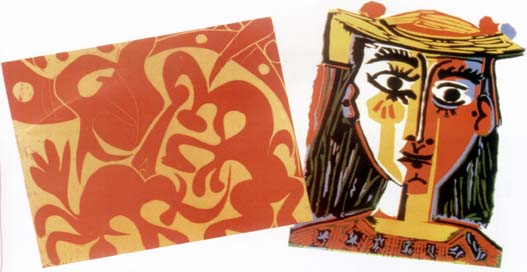
The summer of 1989 saw a unique exhibition of over one hundred linocuts and tapestries by Pablo Picasso, borrowed from the Museum of Antibes in France. The exhibition was organized by the Fundação Oriente and held in the historic Casa Garden building, which now serves as the organization's headquarters in Macau. Reviews from artistic circles in both Macau and Hong Kong were very positive.
Carlos Monjardino, President of Fundação Oriente, welcomed the exhibition by saying that as there has not yet been any exhibition of Picasso's work in Portugal, it is particularly significant that Macau should play host to around one hundred works by this exceptional artist. The all-embracing approach taken by the exhibition organizers has made a great contribution to the originality and imaginativeness of cultural activities in Macau.
The exhibition offered an excellent sample of the breadth of Picasso's artistic talents. The range of works provided an informative and educational experience for members of the public visiting the exhibition, showing them how Picasso only used metal objects like penknives, tacks, tweezers and even curry-combs in making his linocuts.
These techniques can be seen in "Portraits de Femmes" or "La Pique" for example. The latter was designed in 1959 with the colour scheme taken from the Spanish flag.
The unusual ways in which he used colour were also well represented in the exhibition in works such as "Faunes et Chèvres (1959), "Déjeuner Sur L'Herbe"(1962) and "Chapeau à Fleurs"(1963).
The artist Nuno Barreto, Head of the Macau Academy of Visual Arts explained that the majority of these prints were worked directly by hand, even when Picasso was eighty years old. He invented the design and method of production as his chisel cut through the block.
Picasso became interested in linocuts in 1954 when he moved to Vallauris in the South of France. His acquaintance with Hidalgo Arnera, a typesetter who had studied in Salzburg, allowed him to print by machine the huge splashes of colour for the posters advertising ceramics exhibitions or bullfights, which the little town organised to honour him.
Picasso's working day was very simple. While Picasso slept all morning, his typesetter did the basic proofs which he showed the artist in the afternoon, during sessions which lasted deep into the night. This daily collaboration enchanted Picasso (his driver had to go to and fro between the studio and the typesetter's) and he was completely absorbed in the new techniqu -such is the description provided by Danièle Giraudy, curatrix of the Picasso museum, in the catalogue of the Macau exhibition.
The French art critic Brigitte Baer describes Picasso's enthusiasm for materials which he had never used up to that point as an affair with lithography. Is it possible that he was familiar with the experiments which Gauguin had done in 1899 for "Te Atua" "Changement de Résidence" and "Soyez Amoureuses"? These were obviously done on wood and not lino. Picasso must have seen the results, at leastthrough Vollard. Gauguin had effectively managed to print two successive states from these three blocks, giving a worked background over which a darker state could be printed, but which would still show through, as part of the surface of the block had been removed for the second state. In fact, Gauguin had not done what Picasso was to do later on. Once Picasso had printed the first state on Japanese paper, he worked the blocks again and printed the second state on Japanese tracing paper, which he then glued carefully onto the first state. Anyway, the idea was already there, it had been found and Gauguin recognised and was proud of this.
As Danièle Giraudy points out, Picasso was the most important printer of the XXth century, in terms of both quality and quantity, in a career which displayed a wealth of creation.
Picasso left more than two thousand prints for the world. The two hundred linocuts are outstanding works and Macau was privileged to have the opportunity of seeing them.

"La Pique"-linocut with the colours of the Spanish flag(14th April, 1959).
"Femme aux Chapeaux"-linocut in six colours(January, 1962).
start p. 90
end p.